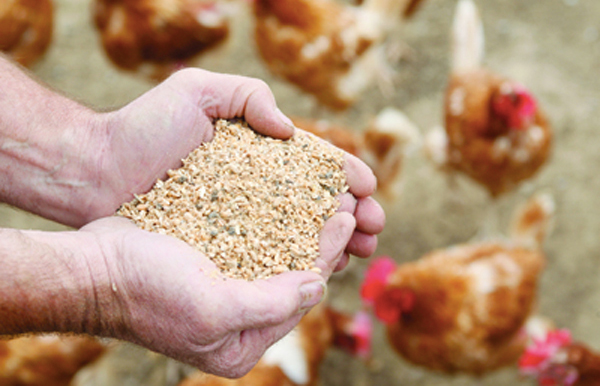
Livestock in the UK are facing multiple mycotoxin challenges in the feeds they consume and farmers are being warned to adopt a new approach.
That’s according to global animal health and nutrition specialist Alltech, who is able to base its latest mycotoxin management advice on a detailed analysis of more than 5,900 livestock feed samples tested worldwide since 2012.
“The recent results from our analysis programme confirm that the spectrum of mycotoxins naturally contaminating common feed commodities is exceedingly broad – whatever continent you are farming on,” said Lauren Dimmack from Alltech UK
“On average seven different mycotoxins contaminate each feed sample with up to 20 different mycotoxins being detected in some common livestock feeds. Only 34 of the 5949 feed samples tested over the last three years contained no detectable mycotoxins.”
The data reveal that the most prevalent feed mycotoxins worldwide are fumonisins, Type B trichothecenes and fusaric acid, but tricothecenes A, ergot alkaloids and significant others – such as Aspergillus and Penicillium toxins found in stored feed – account for 30 percent of the mycotoxins found. Aflatoxins tend to be a threat in warmer areas of the world, or in regions feeding significant levels of grain that have been grown in warmer climates.
“Climate change and feed storage practices here in the UK are starting to influence the range of moulds occurring in farm feed stocks,” said Ms Dimmack.
“And with traditional tilling and crop rotation practices diminishing too, mould contamination is persisting year-on-year, making the multiple mycotoxin threat very real here in the UK. We are seeing more and more cases every year.
“2014 was the warmest year on record in the UK and the feeding of higher dry matter grass and maize silages is certainly another contributing factor to this rise in cases. Mycotoxins are products of mould metabolism, so anywhere that moulds can grow is a potential source of a problem. It is the simultaneous presence of various mycotoxins that increases the potential toxicity to livestock.”
